
Mushroom Facts Most People Don’t Know
A prolific market
The global mushroom market is expected to reach US$90 billion by 2028 (up from US$63 billion in 2022). Canada is one of the world’s top exporters; white button and brown mushrooms, including cremini and portobello, account for more than 90 percent of crops—more than half of which are grown in Ontario.

A meat alternative
The mushrooming popularity is not surprising; low-carb and rich in antioxidants as well as vitamins B and D, the fungi are a source of protein and an affordable meat alternative. Grilled portobello mushrooms make a tasty “burger,” and now, you can even buy mushroom versions of steak, chicken breast and bacon. Climate scientists in Germany found that if we replaced just 20 percent of the meat we consume with microbial protein, by 2050 we could more than halve the rate of deforestation and reduce carbon emissions related to cattle farming.
Don’t miss our ultimate guide to healthy grocery shopping.

The yuck factor
Still, not everyone is a mycophile (the technical term for a mushroom enthusiast). Many haters (mycophobes) cite texture as the turnoff, but mushrooms may also trigger disgust for their association with mould. A 2015 Washington Post exploration on the science of disgust listed mushrooms among those foods that can trigger a response that may not be entirely rational.

Wellness benefits
You don’t have to like eating them to reap mushrooms’ benefits. Reishi and tremella mushrooms are trendy wellness ingredients, found in everything from adaptogen supplements (which are supposed to help your body adjust to stress) to skin-care products (tremella is said to be more hydrating than hyaluronic acid). And chaga, lion’s mane, Cordyceps and reishi have been used for centuries in anti-inflammatory and immune-boosting remedies.

Underground network
Beneath the earth’s surface, mushrooms branch into networks of rootlike mycelium, helping break down plant and animal waste, which adds vital nutrients back into the soil. This network even shares information (such as warning trees about insect infestation), communicating via electrical pulses in intricate patterns. Some mycologists (mushroom experts) refer to this as “the natural internet” or the “wood wide web.”
Here are more mind-blowing science facts you didn’t learn in school.
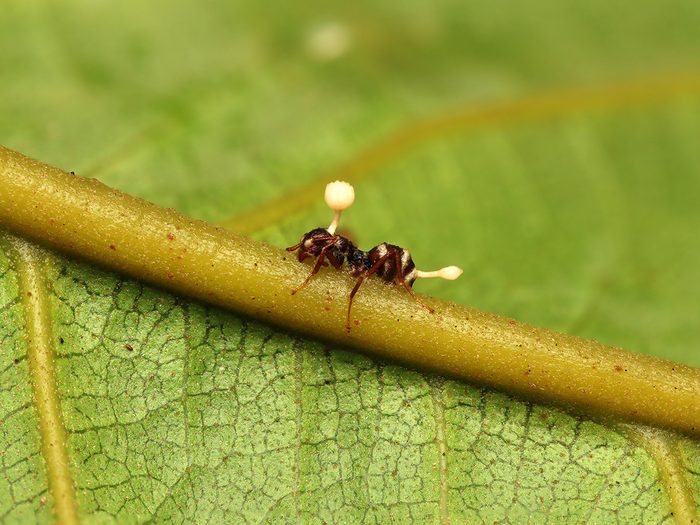
Zombie mushrooms
If “mycelium” sounds familiar, you may be among the millions of fans who tuned into The Last of Us, HBO’s recent hit series about an infectious species of Cordyceps that causes mycelium to take over the human brain and turn the host into a zombie-like mushroom monster. The premise was based on the real-life parasitic “zombie-ant” fungus; its spores attack an insect and take over its behaviour. But our higher body temperature means we are not susceptible to that infection. Phew!
Check out the best movies on Netflix Canada right now.
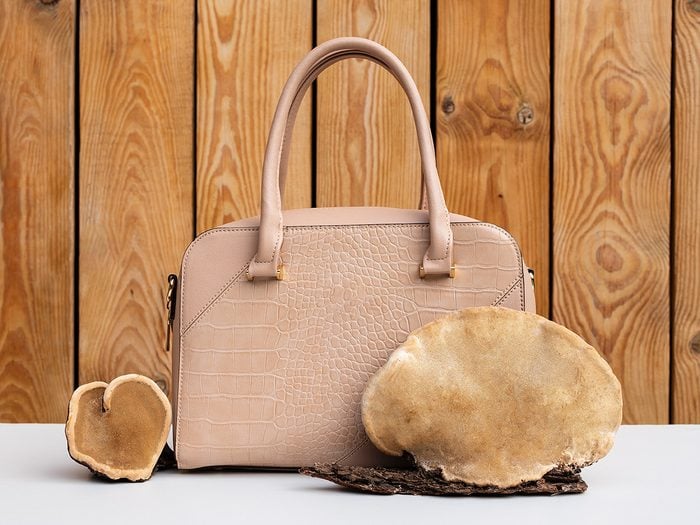
Fungus fashion
More than 50 years after they first dominated the funky fashion and design aesthetic of the ’70s, mushrooms are once again popping up on everything from light fixtures to wallpaper to throw pillows. Pinterest has even named them a key design trend for 2023. And fashion brands like Hermès and Stella McCartney have turned to “mushroom leather” (made from a mixture of mycelium and other plant fibres) as an ecofriendly, vegan alternative to leather. One of McCartney’s bags, launched at Paris Fashion Week in 2021, retails for around $3,500.
Here’s how fast fashion could be making you sick.

The largest and priciest specimens
The largest mushroom on earth is a single Armillaria ostoyae (honey mushroom) that occupies 2,384 acres (965 hectares) in the Blue Mountains of Oregon. Meanwhile, the Tibetan yartsa gunbu (caterpillar mushroom) is among the most expensive, selling for $30,000 a kilogram. Its purported aphrodisiac properties have earned it the nickname “the Viagra of the Himalayas.”
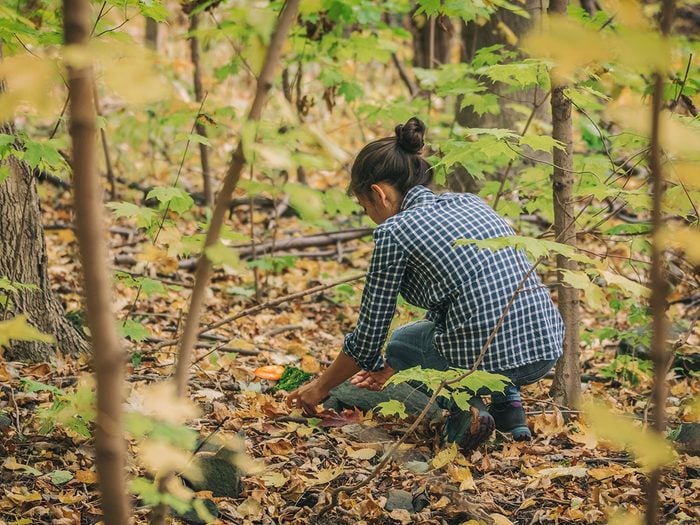
Scavenger hunt
Foraging for mushrooms is a popular outdoor activity. In the fall, puffball mushrooms emerge in forest clearings and pastures, and in the spring, morels can be found near ash and elm trees. But beware: Many poisonous mushrooms can look like familiar varieties, and some wild mushrooms are dangerous to eat raw. Deaths are rare, but you could easily end up with an upset stomach at the least. Always forage with an expert.
Here are 12 foods that are worth buying organic.

Beware of toadstools
Poisonous mushrooms are sometimes called toadstools. This is slang for a colourful yet poisonous fungi with a stem and an umbrella-shaped cap. One example is Amanita phalloides, known as death-cap mushrooms, with their silver-green caps. They’re responsible for more than 90 percent of mushroom-related poisonings and deaths worldwide.
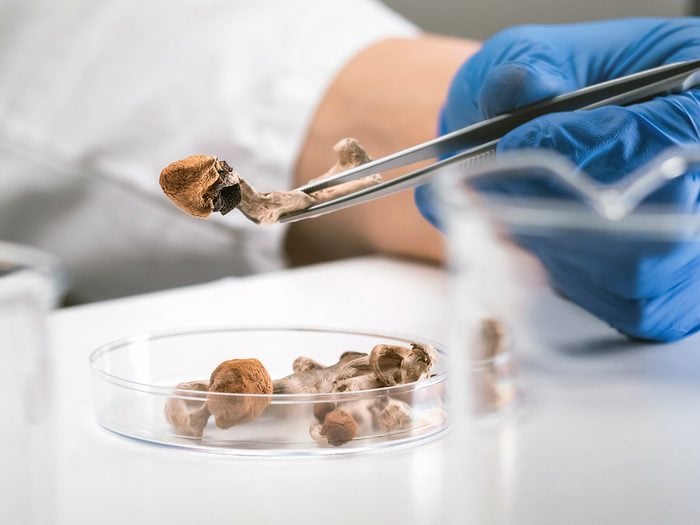
Cutting-edge treatments
Recent years have brought renewed interest and investment in magic mushrooms as a promising treatment for depression, addiction and other mental-health disorders. In 2022, the Centre for Addiction and Mental Health was awarded Canada’s first federally funded grant to study psilocybin as a potential treatment for depression. The U.S. government also recently funded a study on psilocybin as a tool to help people quit smoking. Earlier this year, Australia became the first country to approve psilocybin for treatment-resistant depression, and Europe’s first psychedelic drug trial firm opened last year in the United Kingdom.
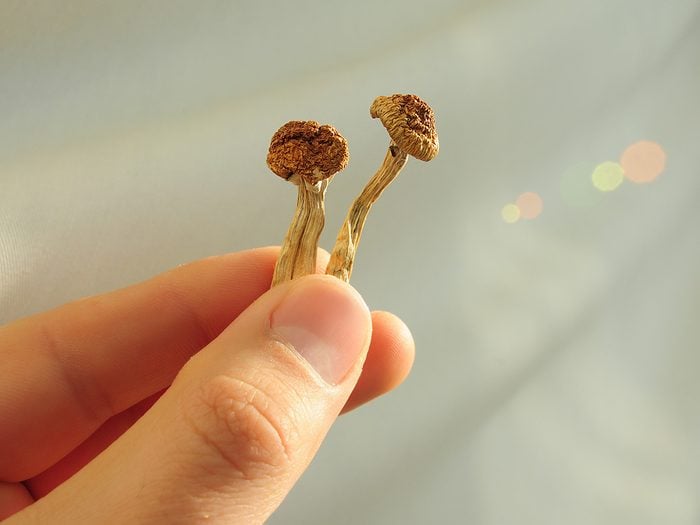
What about microdosing?
Meanwhile, microdosing—taking super-small doses of psilocybin—is a popular productivity-boosting hack in California’s Silicon Valley and elsewhere. The scientific community is still divided on the effectiveness of this for enhancing mood, creativity and focus. But microdosing was recently given (unofficial) royal assent: In an interview about his memoir, Spare, Prince Harry described psychedelic mushrooms as a “fundamental” part of his mental-health practice.
Here are 10 mental health podcasts to help ease your mind.

Galactic fungi
Mushrooms may find their way to outer space as soon as 2025. Researchers are exploring mycotecture—the use of mushrooms as architecture—for future bases on the moon and Mars. The stucco-like building material is grown by feeding mycelium an algae, which causes it to expand and fill a mould. It’s then sterilized, ensuring no unwanted organisms come along on its journey to another world.
Next, check out 13 fascinating facts about flowers.